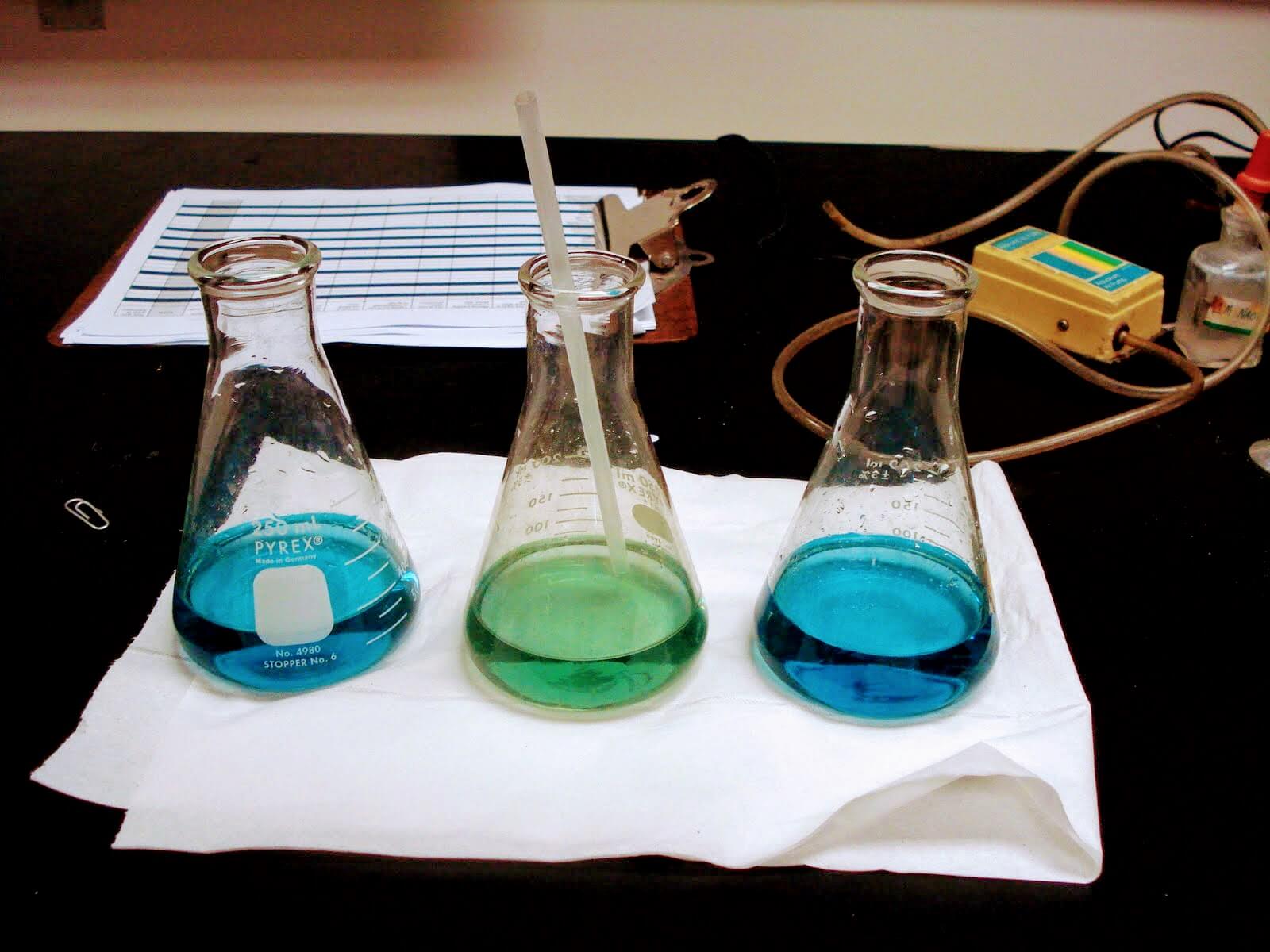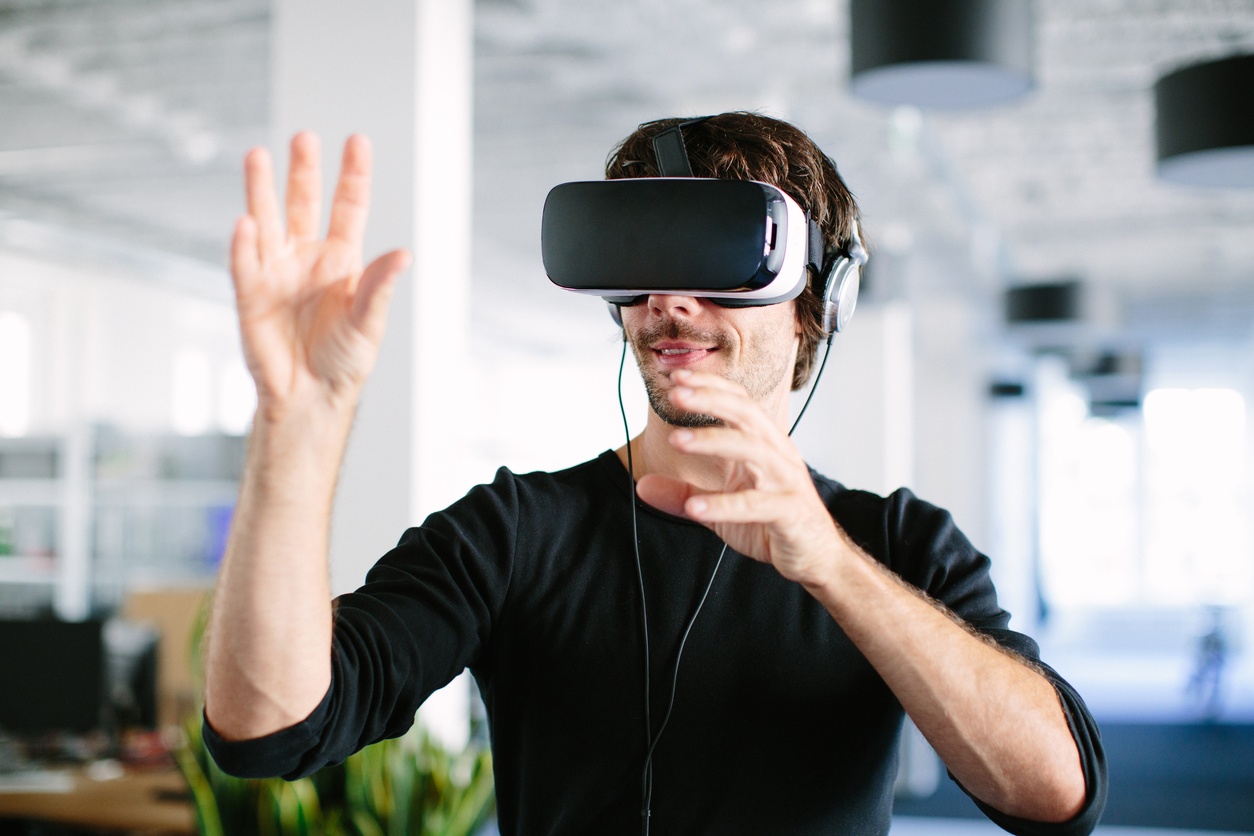How to Perform a Self-examination for Scoliosis The Spine Center
Table of Content
To see the curve more clearly, they’ll order standing X-rays of your spine from the back and from the side. These images can be used to accurately measure the degree of your backbone’s curve. You probably remember having to bend over a touch your toes at your annual well visits as a child. Your pediatrician or primary care provider is performing the forward bend test, a common well-visit screening, which helps make signs of scoliosis more evident.
Information provided within this article is for educational purposes and is not a substitute for medical advice. Those seeking specific medical advice should consult his or her doctor or surgeon. If you need to consult with a specialist, you may be able find a health care provider in our Specialist Finder.
Scoliosis Test
Scoliosis can be treated by filing a disability claim, so keep that in mind if you are thinking about whether it is a disability. If you have scoliosis, you will need to gather medical evidence to support your claim. The scoliometer is an effective screening tool and can also be used for follow-up to monitor a curve’s progression. The postural changes that occur can range from subtle to extreme, and the condition is rarely painful, which means that adolescents often don’t realize there’s anything wrong. Scoliosis is generally painless, but it can be difficult for people to detect until they are diagnosed or undergo routine physicals and exams.

SpineNation does not endorse treatments, procedures, products or physicians. However, it is important to understand that most cases of scoliosis do not require aggressive treatment options like bracing and surgery. With observation and periodic visits to your physician, you can effectively manage your scoliosis. If you need additional guidance and support, our free Back Wellness Coaches are here to support you along your wellness journey. Other ways to check yourself for scoliosis include looking for other asymmetrical appearances in your body posture. These appearances could be un-even shoulders or hips, your head being off-center or not in line with your pelvis, or a shift of one side of the spine.
How Do I Know If I Have Scoliosis?
Dr. Bergin has a special interest in medical research and maintains membership in the Scoliosis Research Society. Additionally, he is very active in the Global Spine Outreach, an international initiative that provides treatment for Cali, Colombia children with spinal deformities. For editorial comments and questions, you can reach Dr. Bergin via email. There are no specific activities that are known to cause or correct scoliosis. In general, people with scoliosis have no restrictions regarding lifting or activities. General exercise or participating in sports may have the benefit of improving overall health and well-being.

There are several proven treatments available for children and adults suffering from ADHD. Keep in mind that this list does not cover all of your scoliosis questions, so you should communicate with your medical team as necessary. Patients with idiopathic scoliosis are usually seen by their doctor once a year for three to four months to monitor the curve. Bracing is the most commonly used treatment for adolescents who have curves greater than 20 degrees and have at least two years of hair growth left on their face. Adults suffering from shoulder and back pain should use moist heat, stretch and strengthen their muscles, and take medication to relieve their pain. Starting treatment early in the treatment process, when the condition is at its most progressive, reduces the likelihood of further complications.
Managing your scoliosis
Many people live with scoliosis for years without knowing it, and when their symptoms become more obvious, that’s when they get a diagnosis and start treatment. Take note if bra straps or dress straps slip off one shoulder and not the other. This condition affects both infants and adults, but children aged 10 to 15 are most vulnerable.

This ensures that you won’t be harming your skeletal system by performing these exercises. The difference between a typical spine and that of a person with scoliosis, he explains, is that the former can move from side to side. For instance, when you walk, your spine bends and rotates left and right, ultimately reverting back to the center. People with scoliosis have a difficult time moving in one direction due to the curvature of their spine. Aside from screening at your physician’s office, some schools also perform scoliosis checks.
These groups mean little in terms of scoliosis diagnosis and treatment, but they help statistics accurately report when scoliosis is most commonly identified. “Juvenile and adolescent ages are at risk most,” says Dr. Jeremy Smith, the chief of staff and spine service at the Hoag Orthopedic Institute in Irvine, California. Your child's doctor may check for scoliosis at a routine well-child visit.

The Adam’s forward bend test is a great method for screening for indicators of scoliosis and is often used in schools. What we do know is that no abnormal curvature will simply correct itself and that, at some point, every condition is likely to worsen. Concious, muscular, ilectic, or adult de novo are the four major types. There are four types of diabetes, each with its own set of causes and age groups, but they are all relatively the same.
Your scoliosis exam will likely include what’s called the “Adam’s forward bend test.” Your doctor will ask you to lean over. They’ll stand behind you as you bend to check how even your back appears. Anything that looks abnormal in the back or ribcage -- like a hump -- might be a sign of scoliosis. It’s important to always get the opinion of your orthopedist or physical therapist before beginning a scoliosis treatment regimen, even one that involves simple exercises.
Scoliosis is more common in children between the ages of 10 and 15 as they grow. Acoliosis Research Society recommendation recommends that girls be screened twice by the age of 10 and once by the age of 12 . A physician will usually take x-rays of the spine from the back and side of the patient. Scoliosis is a condition that affects the majority of people but is also inherited. Children who are diagnosed with adolescent Idiopathic Scoliosis have a three in every ten family history of scoliosis.
Comments
Post a Comment